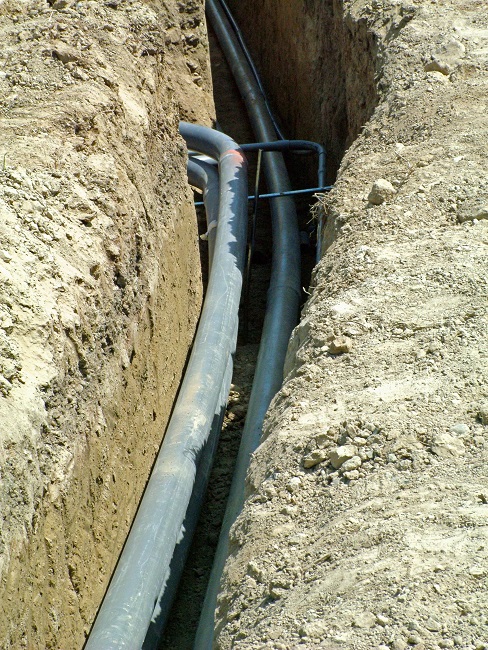3 Soil Problems Vacuum Excavation Can Solve
What’s beneath the surface of your construction site is just as important as what already exists above the ground. If you need excavation, choose an option that takes soil type into consideration because:

1. Clay dirt is where you need good excavation the most.
The type of soil you’re building on decides a lot of the infrastructure, and this is even truer when it comes to the plumbing. If you’re breaking ground in an undeveloped area or unincorporated land that’s under loose county control, there’s probably established sewage connections nearby.
But septic systems don’t work when there’s clay soil and not enough drainage. Most areas actively prohibit construction if there’s a failed percolation test, so the only way to develop the land is to extend the closest lines. Vacuum excavation can help you find them and efficiently start laying down new ones.
2. Mechanical excavation is bad news in the winter.
Frozen dirt is hard to work with. Even if a mechanical excavation tool can break into the ground, it’s going to do a lot of damage with every swing. Use hydro vacuum or vacuum excavation instead. It can lose loosen icy soil and keep the existing utilities much safer. Damaging those lines is going to be even costlier in the winter because repairs will take more time.
3. You can worry less about cleanup.
Excavation always seems to leave behind too much dirt. It expands once it’s dug out of the ground, especially if it’s dug out or turned into a slurry. Vacuum excavation keeps the excess to a minimum. Because it’s also more precise, there’s less dirt to worry about. Even if your construction site is packed, you can keep things moving along with less lost space.
Go to 4 Warriors Hydro Excavating here to schedule an appointment or get a quote.
